How to master Sylenth1's parts and oscillators
Lennar Digital's evergreen synth is easy to program and sounds amazing. It all starts with the raw waves…
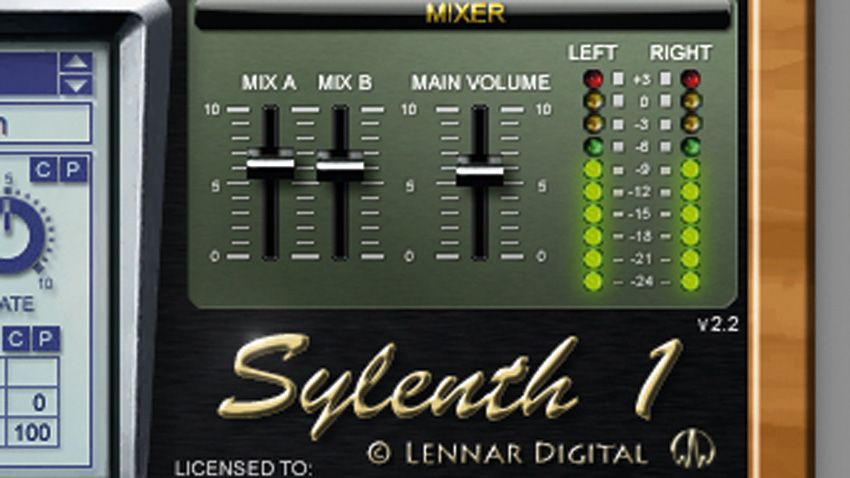
Released in 2007 to a rapturous reception, LennarDigital's Sylenth1 has gone on to become one of the most popular and influential soft synths of all time. In our review, we awarded it five stars and described it as "rich, detailed and full of analogue-style warmth", and "better than 99% of the competition".
On the face of it, Sylenth1 is a conventional virtual analogue instrument, featuring four oscillators, two filters, a relatively unremarkable modulation setup, a decent arpeggiator and a solid array of effects. What makes it special, though, are its incredible sound and ease of use: beginners love the straightforward architecture and excellent preset library, while seasoned sound designers never tire of the characterful noises that can be effortlessly coaxed out of it.
In this tutorial, we'll show you how to get started with this superb synth, looking specifically at its Parts and oscillators.
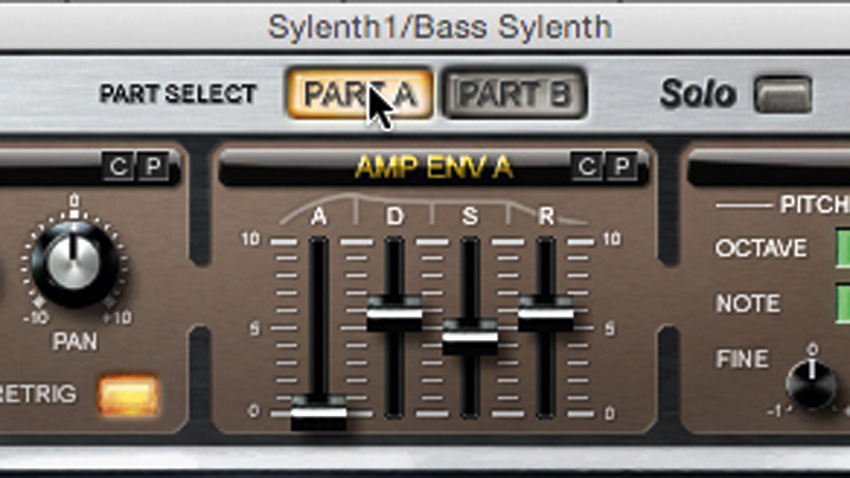
Step 1: Sylenth1's architecture divides the synth into two Parts - A and B - each comprising two oscillators, an amp envelope and a filter, although either filter can receive the output of the oscillators from one or both Parts. To switch the interface between the two Parts, Click the Part A and Part B Part Select buttons. Part A is brown; Part B is green.

Step 2: The two Parts meet in the Mixer panel, where their individual levels are adjusted, as well as the final, mixed output of both. Each Part can be auditioned in isolation using the Solo button at the top, which remains engaged when the Part selection is changed.
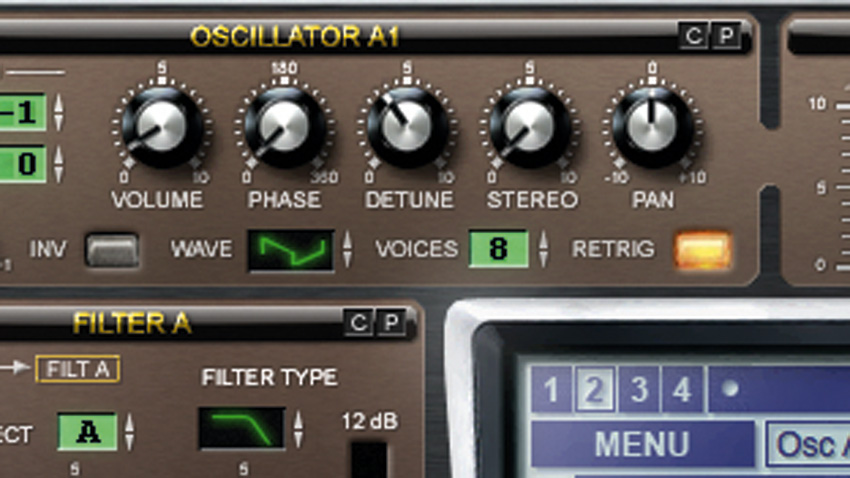
Step 3: All four oscillators offer a choice of eight waveforms, chosen by dragging up and down on the Wave graphic: Sine, Saw, Triangle, Pulse, Half Pulse, Quarter Pulse, TriSaw and Noise. The number of voices is set from 0-8 with the Voices spinner - set to 0, the oscillator is disabled. With more than one voice active, the Detune knob detunes them around the base pitch, for thick unison 'supersaw' type sounds.
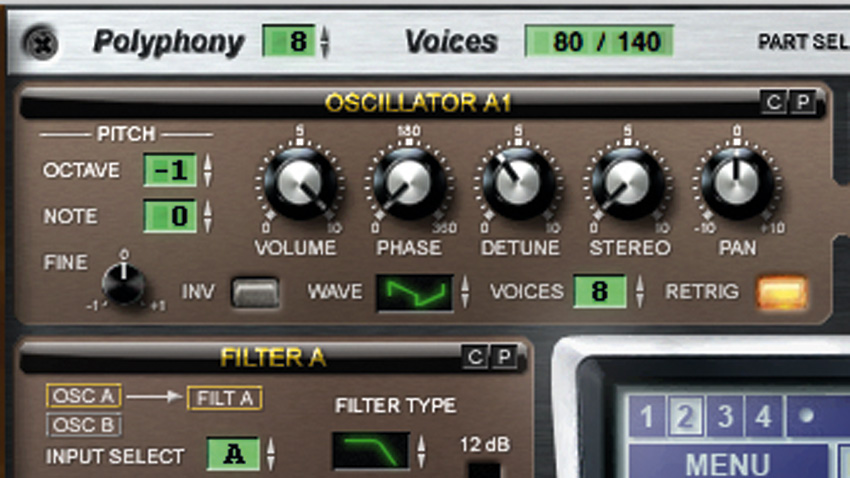
Step 4: At the top left of the interface, the Polyphony setting enables Sylenth1 to output up to 16 notes at once, and with each one involving up to eight unison voices from each oscillator, that's a maximum of 512 voices! View the voice usage in the Voices display: the left number is the currently playing number of voices, while the right number is the maximum number available, based on the Polyphony and oscillator Voice settings.
Get the MusicRadar Newsletter
Want all the hottest music and gear news, reviews, deals, features and more, direct to your inbox? Sign up here.
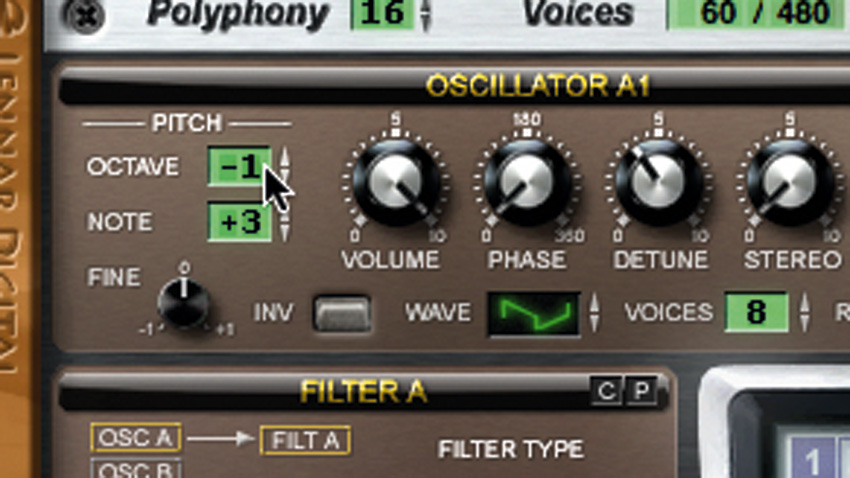
Step 5: The Pitch section contains a trio of controls for tuning each oscillator. Octave jumps the tuning up or down by 1, 2 or 3 octaves; Note dials in up to 7 semitones of shift in either direction, in semitone steps; and Fine smoothly slides up or down by up to a semitone.
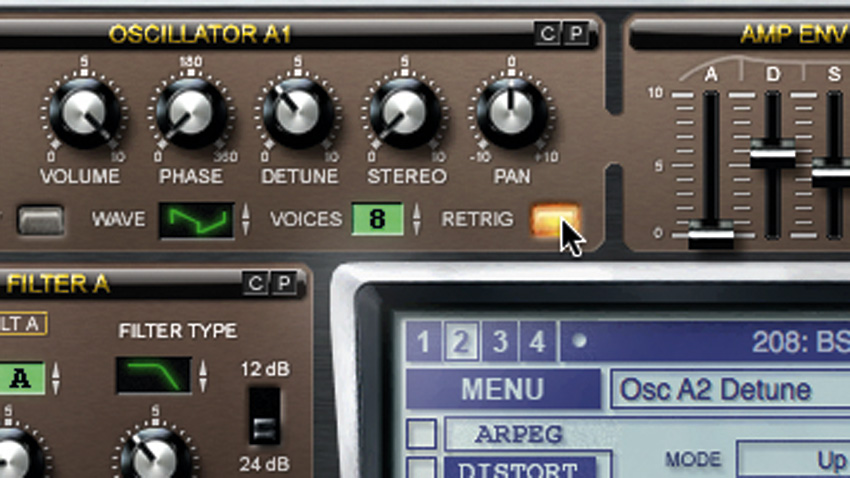
Step 6: The Retrig button puts the oscillator into retrigger mode, so that its waveform restarts with each note played, rather than cycling freely regardless of note input - it's the setting to reach for when you want your attack as punchy as possible. Set the position within the waveform at which playback starts with the Phase knob; this won't make any noticeable difference to the sound without more than one oscillator active.
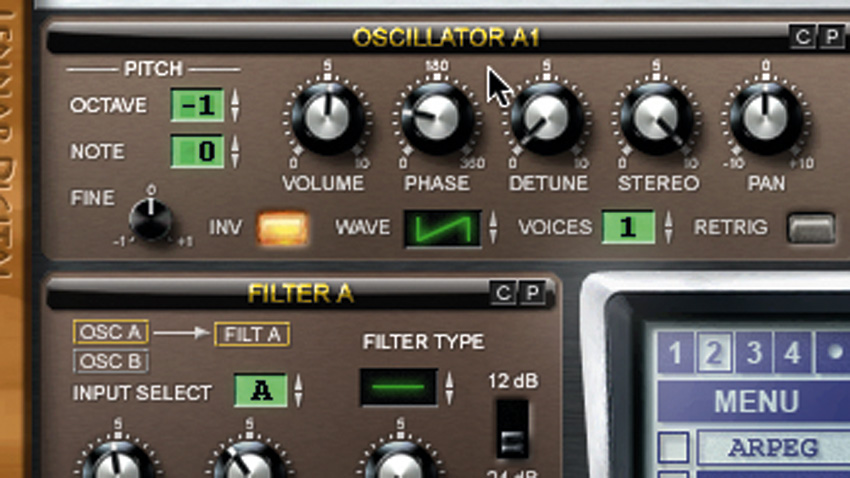
Step 7: The Inv button inverts the output of its oscillator, and it's there primarily for a specific purpose: a workaround for Sylenth1's lack of pulse width modulation. By running sawtooth waves in both oscillators in a Part and inverting one, you get a close approximation of a pulse wave. By then shifting or modulating the Phase of one oscillator, the width of that pseudo-pulse wave is modulated. Crafty.
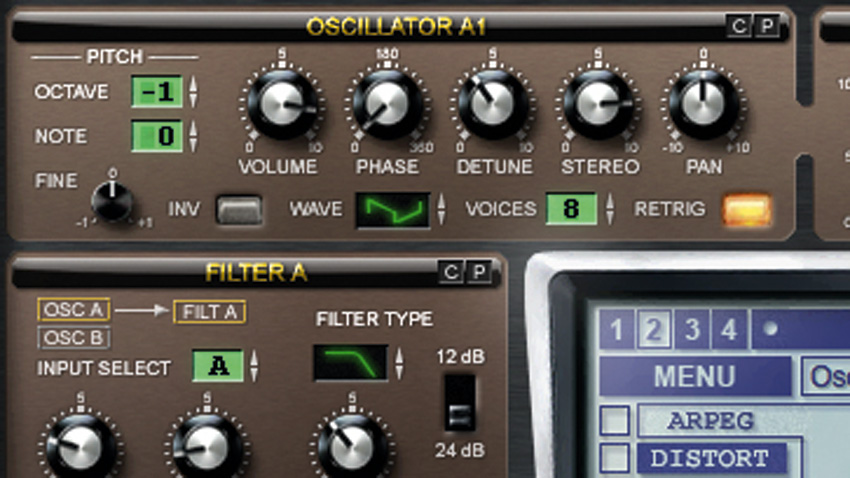
Step 8: The other three oscillator controls are pretty much self-explanatory. Volume sets the base output volume of its oscillator, Pan positions the signal anywhere in the stereo panorama from hard left to hard right, and Stereo spreads all unison voices across the panorama for everything from dense mono to lush, extreme width.
For more on programming Sylenth1 and creating an absolute DnB banger with our track-building guide, grabComputer Music 223, which is on sale now.
Computer Music magazine is the world’s best selling publication dedicated solely to making great music with your Mac or PC computer. Each issue it brings its lucky readers the best in cutting-edge tutorials, need-to-know, expert software reviews and even all the tools you actually need to make great music today, courtesy of our legendary CM Plugin Suite.










